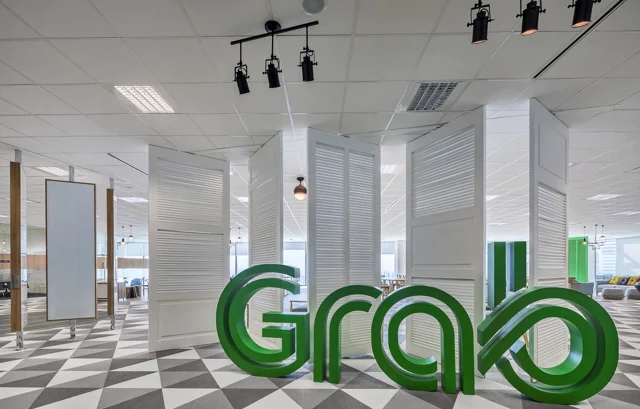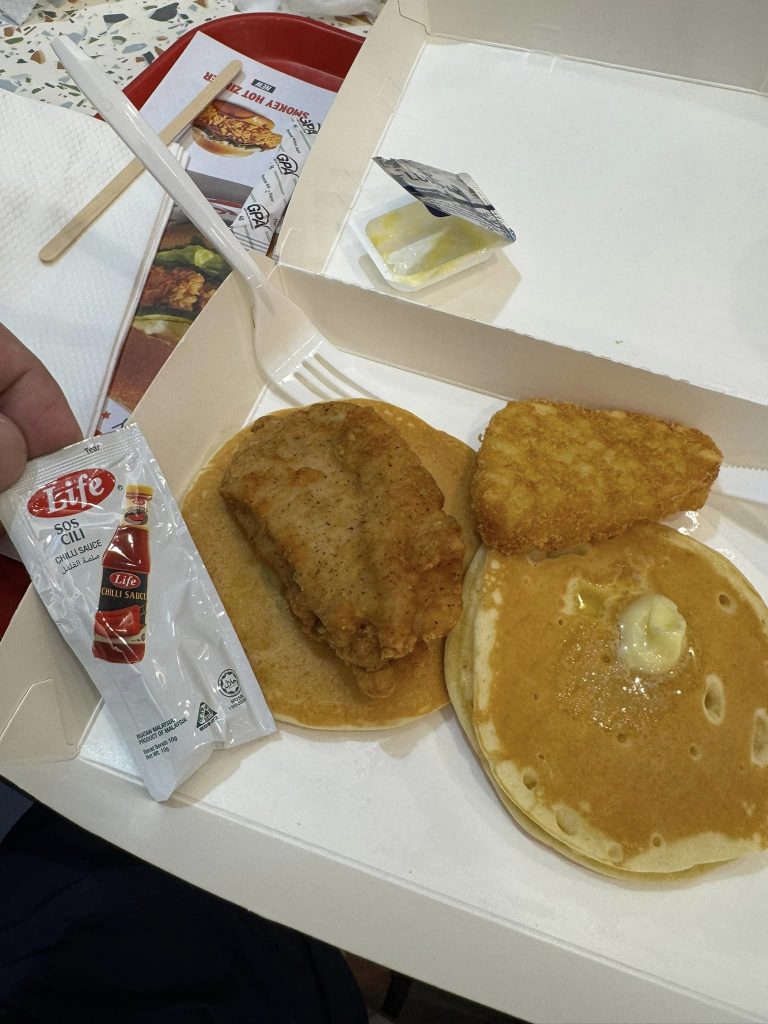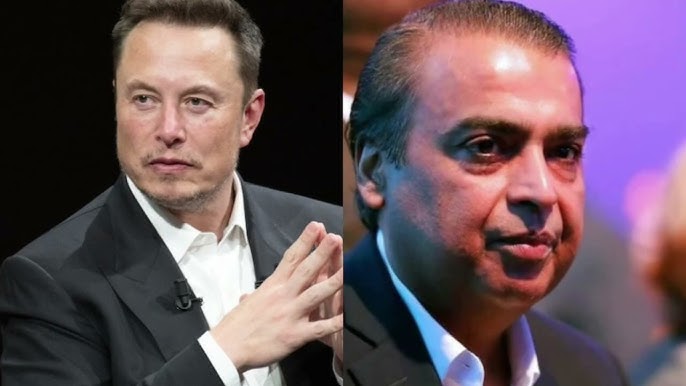SINGAPORE: It’s back to pre-pandemic days for the employees of Grab Singapore beginning from Dec 2. The company told workers they will need to go back to the office full time, five days a week, at a town hall meeting on Thursday (Oct 24).
“Increasing face-to-face collaboration will accelerate progress and enhance integration across our ecosystem and business units,” Anthony Tan, the company’s CEO, wrote in an email.
He added that going back to work every day aligns with Grab’s goals to achieve more for its mission as well as drive faster growth.
The gap between the announcement allows employees to have an adjustment period before full-time work-from-office starts on the first Monday of December, especially for those with personal or caregiving duties.
“We understand that this may feel like a significant shift after three years of hybrid work, and it may require adjustment for some of us,” CNA quotes Mr Tan as saying in an email.
However, flexible hours are not completely off the table for Grab employees with special circumstances.
Mr Tan’s email said that workers with urgent personal or family situations may request to work offsite or from their homes.
CNA reported that the move to a full WFO situation for Grab does not come as a surprise, as the company appears to have been getting its employees more and more ready for it beginning last year.
An employee quoted by CNA said that Grab had become stricter regarding working from the office, saying that the company had warned of disciplinary action for those who fail to comply with return-to-work orders.
Grab appears to be following in the footsteps of other tech companies that have implemented full WFO, including Amazon.
Amazon announced in September that the hybrid scheme it put in place during Covid days would end by Jan 2, 2025.
“We’ve decided that we’re going to return to being in the office the way we were before the onset of COVID,” Amazon CEO Andy Jassy wrote.
Some commenters on Reddit wondered, however, if the move to full WFO is a “retrenchment exercise.”
One said that the current market is in favor of the employers, who are in the position to demand that workers be physically present.
Another opined that if this is so, it may be to the disadvantage of employers since only employees who can’t find work elsewhere are guaranteed to stay.
“Every time companies do ‘indirect layoffs’ like this, they are getting rid of their capable workers that can find other jobs,” another opined. /TISG
Read also: Can Amazon’s back-to-office announcement mean layoffs are coming? Singaporeans weigh in













